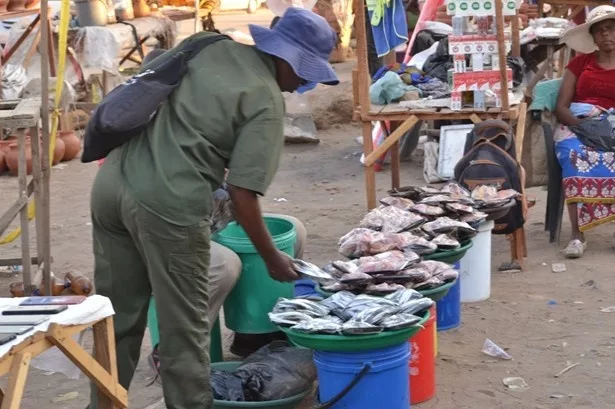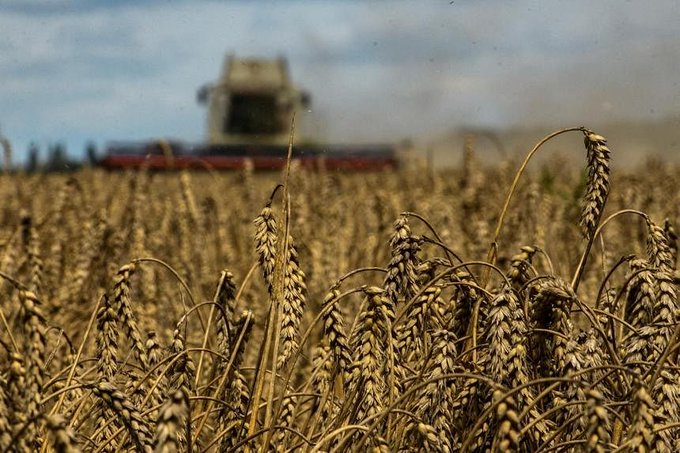|
Getting your Trinity Audio player ready...
|
Writes Charles Dhewa
Due to the colonial legacy that has looked down upon indigenous food for decades, diet and nutrition analyses in most African countries are based on data collected in supermarkets and other formal shops. Rarely is data collected from territorial mass food markets from which the majority get their food. That means data on nutrition is often biased against indigenous food most of which is not processed.
Government departments and development organizations keen to accurately conduct studies like the cost of diet analyses for particular communities cannot depend on urban data only but should use prices of locally produced food and agricultural commodities found in local agroecology markets. Reliable details can only be gathered through traders in local markets as well as those who move around communities selling commodities like milk, vegetables, tomatoes, and others.
That means there has to be a system for collecting local market statistics and monitoring community trading patterns. Otherwise, it becomes difficult to answer questions like: What is the most affordable diet in the local community and what is the cost of that diet for a family? How many local people can afford that diet?
Advancing community-led nutrition
In addition to using food to bring families and communities together for lasting memories, African agroecology markets are advancing community-led nutrition by directing income to farmers and instilling the values of a strong farmer economy. They just need support in protecting food supply corridors right from source to diverse markets because it is difficult to protect a commodity when it is already on the market.
Branding has to start at the source to avoid cases where some middlemen and supermarkets take advantage of the absence of branding at the source to “steal” commodities and give them their own labels. When tomatoes or fruits from a rural community are packaged and labelled with a corporate supermarket logo, the commodity becomes de-linked from the producers who should be the ones owning the brand. Maintaining and protecting the brand at source preserves originality, convincing consumers that the commodity is indeed purely agroecological and free from chemicals.
Demystifying nutrition knowledge
When communities own their food system through agroecology markets, they demystify nutrition from being a foreign science to local knowledge. Currently, in most African countries, nutrition knowledge is concentrated in cities and there is less talk about nutrition in rural communities. Mass markets and processing companies aggregate food for urban dwellers already embedded in nutrition. Cities also tend to have more food diversity as urban agroecology markets are good at aggregating commodities from diverse production areas whereas each rural community may be limited to its narrow diet.
Local people can be empowered to become nutrition champions able to interpret nutrition science and external knowledge for local communities so that nutrition messages do not have to target pregnant mothers only. Nutrition content in the media should be legislated to become a policy and parastatals like statistical agencies should change the way they present data to show what the data mean in terms of nutrition. More importantly, the data should be interpreted at the community level not just for statisticians and nutritionists. Early warnings should not just be associated with deficits of staples but all other agroecology commodities that are an integral component of local food systems.
When properly supported, agroecology markets can ensure that community-led nutrition platforms in each African country recognize the dual characteristics of African economies which are also expressed in food systems.
For instance, although there are some overlaps, rural and urban African economies are different. That is why food systems interventions should take into account already existing structures, knowledge products, and communication pathways. An urban community can get food already consolidated by mass markets and supermarkets but in rural communities, food systems are linked to what grows best in particular areas or communities.
This implies while rural consumers may appreciate nutrition knowledge, they may not be able to access or afford the nutritious food recommended by policymakers. That is why it is critical to invest in local production zones so that they are able to build local nutrition baskets as part of appropriate local interventions and community-led initiatives.
The right combination of foods at the right time
The fact that malnutrition is high in agricultural communities may imply that the abundance of food is not the only solution but the right combinations of foods at the right time. For instance, of the more than 80 commodities in African food markets, what are the right combinations that should ensure food and nutrition security?
African countries cannot continue suffering from malnutrition when they are blessed with diverse foods. Although agriculture is largely practiced in rural areas, malnutrition has a rural profile in many African countries. Why should undernutrition be on the rise in areas where food is produced? Agroecology markets and community-led nutrition interventions can assist in answering some of these fundamental questions. In most cases, a lack of knowledge of nutrition and composition of a balanced diet leads to more emphasis on quantity over quality of food. With the right information and knowledge at the local level, people should be able to make better decisions about nutrition.






